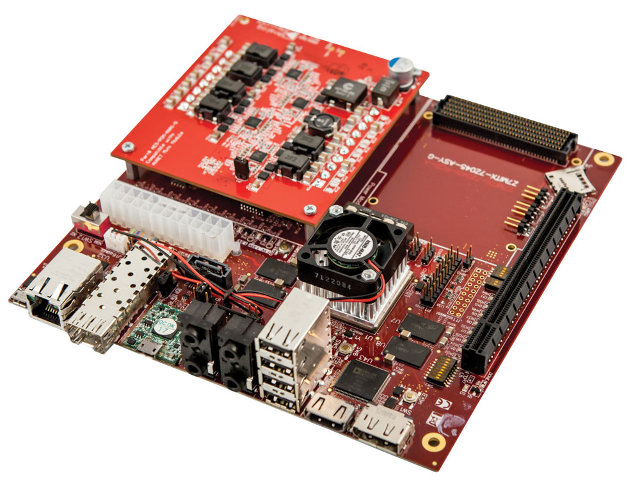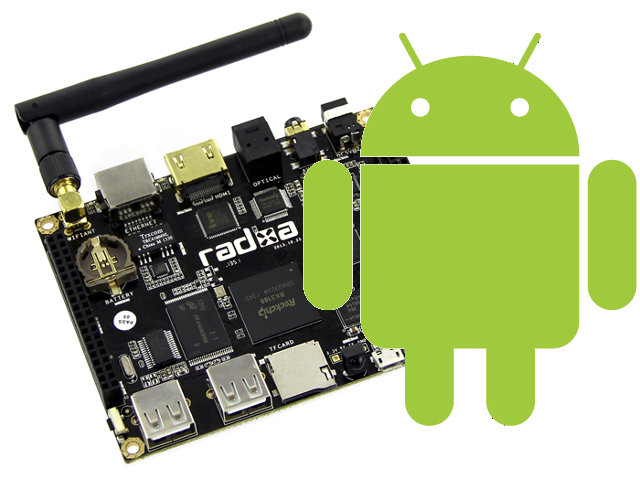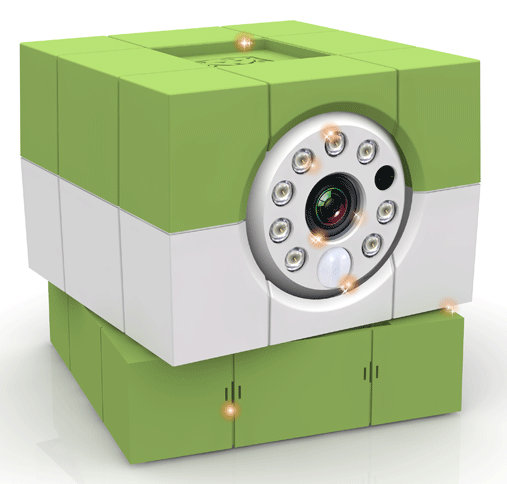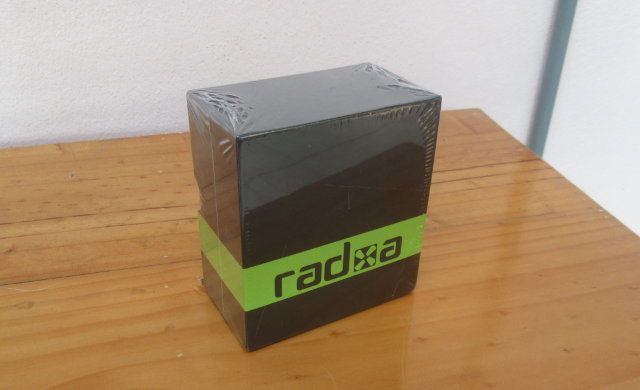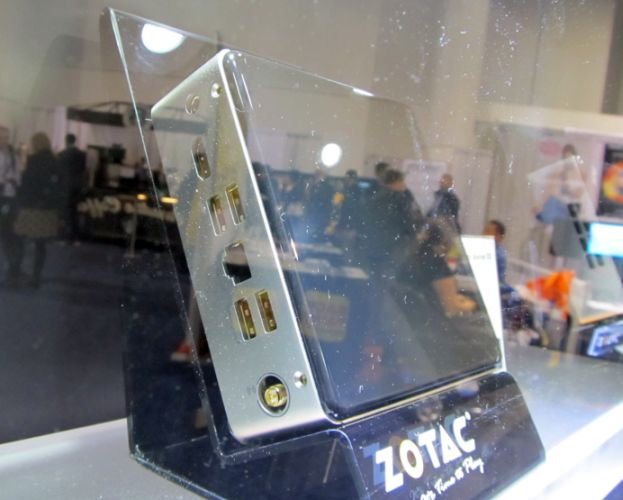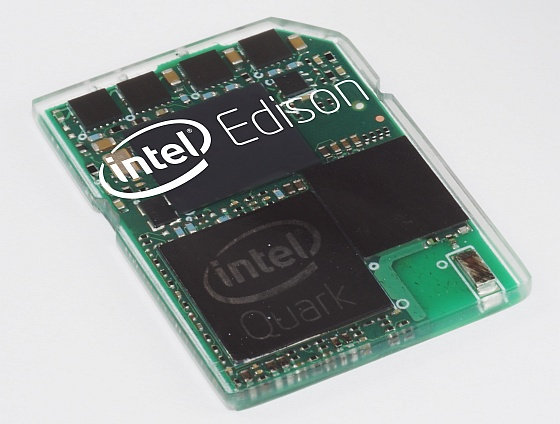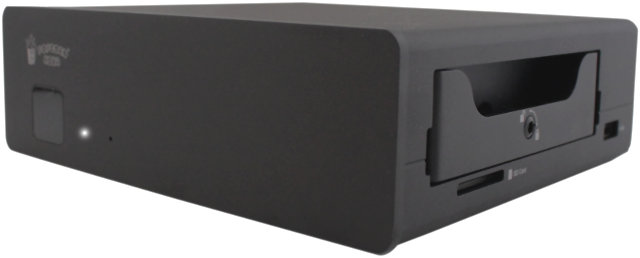Avnet has recently introduced Xilinx Zynq-7000 All Programmable SoC Mini-ITX Development Board powered by the top of the range Xilinx Zynq-7045 or Zynq-7100 dual ARM Cortex A9 + FPGA SoC with 2 GB DDR3 SDRAM, PCIe Gen2 x16 Root Complex slot (x4 electrical), SATA-III interface, 10/100/1000 Ethernet PHY, and more. Target applications include PCI Express, embedded controllers, general-purpose prototyping, networking and communications, storage and servers and video applications. Here are the motherboard specifications: SoC – Xilinx XC7Z045/XC7Z100-2FFG900 dual core ARM Cortex A9 @ 800 MHz + Kintex-7 FPGA with respectively 350K Logic Cells (~5.2M gates) and 444K Logic Cells (~6.6M gates). System Memory – 1 GB PS DDR3 SDRAM, 1 GB PL DDR3 SDRAM Storage – 32 MB of QSPI Flash, 8 KB of I2C EEPROM, SATA-III Interface, and microSD Card Interface Real-Time Clock Connectivity – 10/100/1000 Ethernet Interface Video – LVDS Touch Panel Interface, HDMI Interface Audio – Audio input […]
Getting Started with Raxda Rock – Building an Android 4.2 Image from Source
I’ve posted some pictures, and show some basics how to get started in my first post about Radxa Rock. Today, I’ll post my experience trying the instructions to build Android for Radxa Rock in Ubuntu 13.10. Many of the instructions are also valid for other RK3188 devices. The source code is currently located in a private git repository, and if you’re sure you want to get the Android source code, you should send an e-mail to [email protected] to be granted access to their private repo. Within minutes, I’ve received an email with the subject “GitLab | Account was created for you” to register an account. You’ll then need to add an SSH key just like you’d do for Github. Assuming you’re already using a service like github, you should already have SSH key. Simply type cat ~/.ssh/id_rsa.pub, copy the output, and go to git.linux-rockchip.org/profile/keys, login if needed, and click on […]
Amaryllo iCam HD is a Smart Wireless IP Camera Controllable via Skype
Amaryllo iCam HD is a Linux based smart network HD (720p) Camera with Wi-Fi 802.11 b/g/n + WPS connectivity, infra-red vision, 100 degrees view angle, and 360 degrees view possible via remote pan-and-tilt, a microphone, a speaker, a micro SD card slot for video recording, a motion sensor, and a micro USB port for power via a standard USB power adapter or a USB power bank. On top of that, you can easily remotely access the camera via Skype by calling from your computer or your smartphone just like you would do to call a friend or family member. The camera can be used to watch after your loved ones: babies, aging parents, pets…, and for home security. I could also envision using it with people who are close to you that are not comfortable with computers. You could just set it up for them, and call them directly without […]
Radxa Rock and ODROID-U3 Quad Core Development Boards Comparison
If you want a quad core development board for less than $100, you only have two choices right now: Radxa Rock powered by Rockchip RK3188, and Hardkernel ODROID-U3 powered by Samsung Exynos 4412 prime. There are also a few Freescale i.MX 6Q boards such as Wandboard Quad and UDOO Quad for around $130 which you could consider because of potentially better software support and features like SATA, but in this post, I’ll compare Radxa Rock and ODROID-U3 to help you decide which one may be right for your application or project. Let’s get right to the subject, with a side-by-side comparison table. Radxa Rock Hardkernel ODROID-U3 Comments Processor Rockchip RK3188 ARM Cortex-A9 quad core @ 1.6Ghz Samsung Exynos 4412 Prime quad core Cortex A9 @ 1.7 Ghz Slight advantage for ODROID-U3, but it’s basically a draw. GPU ARM Mali-400 MP4 GPU ARM Mali-400MP4 GPU @ 440MHz Same GPU, that’s a […]
Raxda Rock Development Board Unboxing, Quick Start Guide, and Benchmarks
Radxa Rock is an Android & Linux development board based on Rockchip RK3188 with 2GB RAM, 8GB NAND Flash, several I/Os that’s been available in beta version to a small number of developers in September 2013, with general availability starting at the very end of December 2013. Radxa team has sent me a board for me to try out. I’ll start with some unboxing pictures, write a Quick Start Guide for the first boot with Android 4.2.2, and run some benchmarks on the board. In another post, I’ll try some of the instructions to build Android and Ubuntu for the platform. Radxa Rock Unboxing Pictures & Video I’ve received the board in the following package via Fedex. Beside the board, we’ve got a Wi-Fi antenna, a USB power cable, and a plastic casing. Checkout Radxa Rock unboxing video below, if you want to find out exactly what’s you get when […]
ZOTAC to Sell ZBOX Nano mini PC based on Freescale i.MX6 SoC
ZOTAC, a company known to provide small x86 Linux PCs, is currently showcasing an ARM based version at CES 2014, part of their ZBOX nano series, running either Ubuntu 12.04 or Android 4.2 on a Freescale i.MX 6Quad processor. ZOTAC ZBox nano “ARM” specifications: SoC – Freescale i.MX 6Q quad core Cortex A9 @ 1 Ghz with Vivante GC2000 GPU System Memory – 1GB DDR3 Storage – 8GB eMMC flash, SATA 3Gb/s interface with 2.5″ HDD support, and SD card slot (SD/SDHC/MMC) Video Output – HDMI 1.4 USB – 4x USB 2.0 host port Connectivity – GbE Ethernet, and Wi-Fi 802.11 b/g/n via mini PCIe module. The computer currently runs Android 4.0.4 and Ubuntu 12.04 LTS, but Android 4.0.4 will be upgraded to Android 4.2. ZBOX nano “ARM” mini PC will be available in Q2 2014 for a price between $100 and $150. Via Liliputing Jean-Luc Aufranc (CNXSoft)Jean-Luc started CNX […]
Intel Unveils Edison Board for Wearables at CES 2014 Keynote
After an earlier Intel presentation about Intel RealSense Technology by Mooly Eden, Intel Senior Vice President and General Manager, the newly appointed Intel CEO, Brian Krzanich, officially opened CES 2014 with the pre-show keynote. This time there was nothing about processors for PCs, and the announcement the most interesting and relevant to this blog was Intel Edison, a tiny SD-card sized board powered by a dual core Quark SoC. Specifications: SoC – Unnamed and new dual core Intel Quark SoC @ 400MHz manufactured with 22nm process technology. MCU – Unnamed Intel MCU (MCS 51??) to manage I/Os and other baseline functions. System Memory – LPDDR2 Storage – NAND Flash Connectivity – Wi-Fi and Blutooth 4.0 LE Dimensions – Just like an SD card The board will support Linux, and common open source tools used by the marker community. It will also support Wolfgram language and Mathematica. There will also be […]
Popcorn Hour A-410 Linux Based Networked Media Jukebox is Now Available for Pre-order for $259
CloudMedia, previously known a Syabas, has announced the available of Popcorn Hour A410, a networked media jukebox (NMJ) powered by Sigma Designs SMP8911 dual core processor with 1GB RAM, Gigabit Ethernet, support for 2.5″ and 3.5″ SATA drives, USB 3.0, and numerous audio / video ports. It can be used as a media player, as well as a NAS (Networked Access Storage). Popcorn Hour A410 specifications: SoC – Sigma Designs SMP8911 Dual-Core 800Mhz processor (MIPS) with 512KB L2 Cache and VXP Video Processor System Memory – 1024MB DDR2 Storage – 256MB SLC NAND Flash, SD Card reader, 2.5″ and 3.5″ SATA HDD bay, and eSATA connector. Audio/Video I/Os – HDMI, Component, CVBS, Stereo Audio, optical and coaxial S/PDIF. Audio DAC – ESS Sabre Audiophile class DAC (24-bit, 192 Khz sampling rate) Video containers – MPEG1/2/4 Elementary (M1V, M2V, M4V),MPEG1/2 PS (M2P, MPG, DAT, VOB),MPEG2 Transport Stream (TS, TP, TRP, M2T, […]


